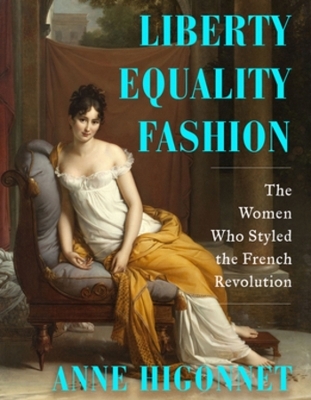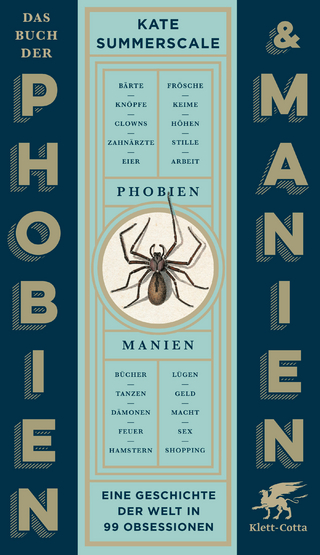
Liberty Equality Fashion
The Women Who Styled the French Revolution
Seiten
2024
WW Norton & Co (Verlag)
978-0-393-86795-4 (ISBN)
WW Norton & Co (Verlag)
978-0-393-86795-4 (ISBN)
The forgotten story of how three women dazzled the world with their radical style and transformed the fashion of the French Revolution
Joséphine Bonaparte, future consort of Napoléon; Térézia Tallien, the most beautiful woman in Europe; and Juliette Récamier, muse of intellectuals, cast off the rigid clothing regime of the past. Overcoming forced marriages and imprisonment during the Terror, they became the first self-made fashion celebrities. From one year to the next, the Three Graces led a rebellion against corsets, petticoats and enormous skirts. Their flowing garments not only embodied freedom for modern women but also marked the emergence of global capitalism, shopping culture and the rise of powerful style influencers. Joséphine combined the style of Black women from her Caribbean childhood with garments from India and Kashmir to fuse cultures and bend gender rules. Her best friend and style collaborator, Térézia, celebrated the female body and her own erotic independence. Juliette pioneered a radical minimalism, posing for portraits in pure-white, virginal gowns. After the French Revolution, a conservative reaction would keep women “buttoned up” for two centuries, making the fashion-forward story of the Three Graces even more resonant today.
Joséphine Bonaparte, future consort of Napoléon; Térézia Tallien, the most beautiful woman in Europe; and Juliette Récamier, muse of intellectuals, cast off the rigid clothing regime of the past. Overcoming forced marriages and imprisonment during the Terror, they became the first self-made fashion celebrities. From one year to the next, the Three Graces led a rebellion against corsets, petticoats and enormous skirts. Their flowing garments not only embodied freedom for modern women but also marked the emergence of global capitalism, shopping culture and the rise of powerful style influencers. Joséphine combined the style of Black women from her Caribbean childhood with garments from India and Kashmir to fuse cultures and bend gender rules. Her best friend and style collaborator, Térézia, celebrated the female body and her own erotic independence. Juliette pioneered a radical minimalism, posing for portraits in pure-white, virginal gowns. After the French Revolution, a conservative reaction would keep women “buttoned up” for two centuries, making the fashion-forward story of the Three Graces even more resonant today.
Anne Higonnet is professor of art history at Barnard College, Columbia University, where she teaches a course called “Clothing.” She has received many awards, including Guggenheim and Harvard Radcliffe Institute fellowships.
| Erscheinungsdatum | 09.04.2024 |
|---|---|
| Zusatzinfo | 120+ full color illustrations throughout |
| Verlagsort | New York |
| Sprache | englisch |
| Maße | 185 x 236 mm |
| Gewicht | 723 g |
| Themenwelt | Literatur ► Biografien / Erfahrungsberichte |
| Kunst / Musik / Theater ► Design / Innenarchitektur / Mode | |
| Kunst / Musik / Theater ► Kunstgeschichte / Kunststile | |
| Geisteswissenschaften ► Geschichte ► Regional- / Ländergeschichte | |
| Geschichte ► Teilgebiete der Geschichte ► Kulturgeschichte | |
| Sozialwissenschaften ► Soziologie ► Gender Studies | |
| ISBN-10 | 0-393-86795-1 / 0393867951 |
| ISBN-13 | 978-0-393-86795-4 / 9780393867954 |
| Zustand | Neuware |
| Haben Sie eine Frage zum Produkt? |
Mehr entdecken
aus dem Bereich
aus dem Bereich
der stille Abschied vom bäuerlichen Leben in Deutschland
Buch | Hardcover (2023)
C.H.Beck (Verlag)
23,00 €
vom Mittelalter bis zur Gegenwart
Buch | Softcover (2024)
C.H.Beck (Verlag)
12,00 €
eine Geschichte der Welt in 99 Obsessionen
Buch | Hardcover (2023)
Klett-Cotta (Verlag)
22,00 €


